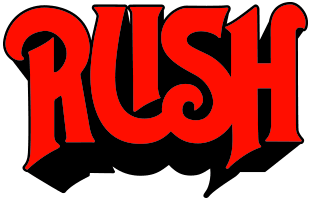There have been at least two subsequent translations that have been A Very Big Deal in recent decades. I think his is now in the "very good, but not the go-to text" pile.
From what I'm seeing (I had only heard this stuff second-hand before), it looks like his is still considered the best for the specific purpose of understanding the
meaning of the text, but it is understood to sacrifice much of the
beauty of the text in order to be as "correct" as possible to the original Old English (and apparently Tolkien himself thought this was true.) Seamus Heaney's translation is considered something of a sweet spot, sacrificing only a small amount of the text's literal meaning in order to preserve its artistic/literary beauty, and is thus the "go-to" text for approaching the book as an epic poem studied for literary value rather than the linguistic value, and it sounds like Tolkien would have approved had he still been alive (Heaney's translation was published in '99.)
There is, however, one
other contender, and it's...something special, though whether it is specially
good is perhaps a matter of debate. Maria Dahvana Headley has written a translation that can only be described as "into modern slang," and I really do mean
modern, as in it uses phrases like:
Anyone who f#$@s with the Geats? Bro,
they have to f#$@ with me.
-----------------
(for comparison, Heaney's translation of the equivalent lines)
[I have] avenged the Geats (their enemies brought it
upon themselves, I devastated them).
Humorous and perhaps relatable for modern audiences, since Headley's goal was specifically to make the text communicate the cultural flavor and mores of the Saxons described, rather than concern about the literary or linguistic qualities of the work.
So, in the narrow sense of linguistics and achieving familiarity with the structure of the text, Tolkien is still considered the best--but given there are other resources to achieve that same end, it looks like you're correct, other translations (specifically Heaney's) are strictly preferable.

